In Japan, nami (wave) represents power and resilience. Many samurai used this as a “kamon” or crest, because waves are coming and going which is similar to tactics of Samurai strategy.
Mitsudomoe was created from three joined tomoe, a popular symbol in Japan. Some view the mitsudomoe as representative of the threefold division (Man, Earth, and Sky) at the heart of the Shinto religion. Originally, it was associated with the Shinto war deity Hachiman, and through that was adopted by the samurai as their traditional symbol.
SPECIFICATIONS
• Blade Material: 2nd Gen 1045 carbon steel (mono-steel)
• Edge: Fully-sharpened
• Treatment: Hand Forged, Through Hardened, Heat Treated & Tempered, Water Quenched
• Blade Length: 27.25 inches
• Tsuka: 11 inches wood
• Overall length w/o saya: 39.5 inches
• Saya: 29.5 inches wood, glossy black lacquered finish
• Tsuba / Fuchi / Kashira: Zinc alloy
• Habaki / Seppa / Menuki: Brass
• Tsukaito: Synthetic silk
• Sageo: Black silk
• Mekugi: 2 bamboo pegs
• Samegawa: Real white ray skin panels
• Nakago: Full tang
• Hamon: Wirebrushed midare (irregular) pattern
NOTES
• Specs may vary slightly from sword to sword
• Can be disassembled
• Includes cloth bag
• Packaging: carton box
The videos below show the cutting test and the difference in flexibility between the 1st Generation and 2nd Generation. The 2nd Gen is more flexible like a 1060 blade.
More subtle wire brushed hamon which looks like a real hamon.
S&D Unokubi Zukuri Tanto 1
S&D Nami Mitsudomoe Katana
S&D Kaiken
S&D Zatoichi Cane Sword 1









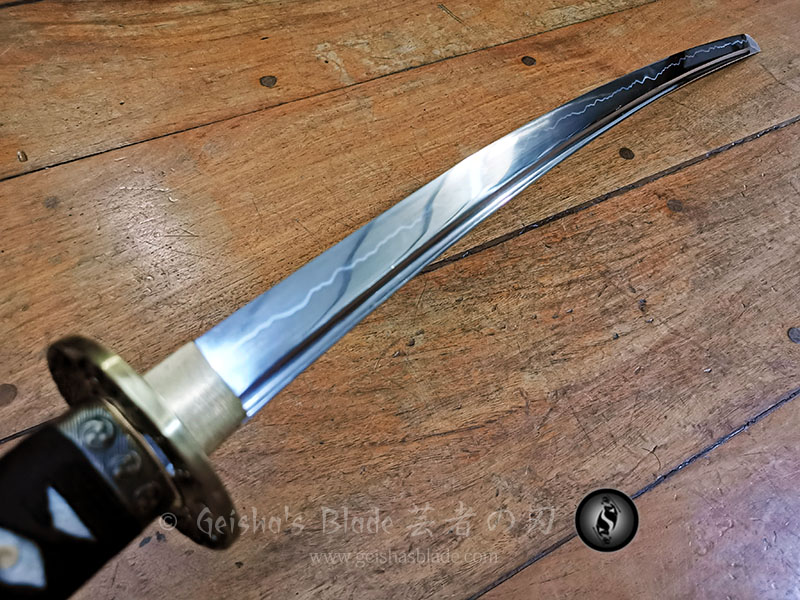










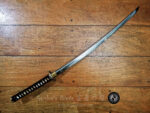


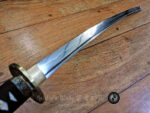
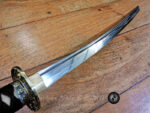





















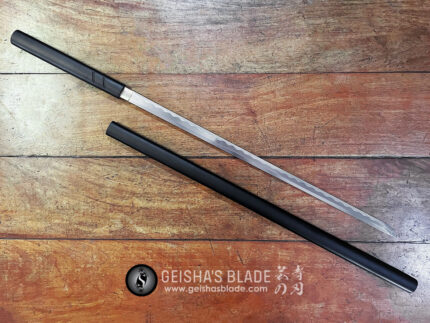
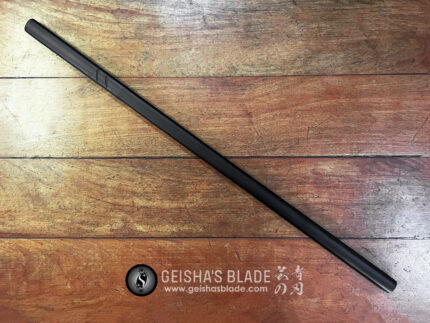


Reviews
There are no reviews yet.